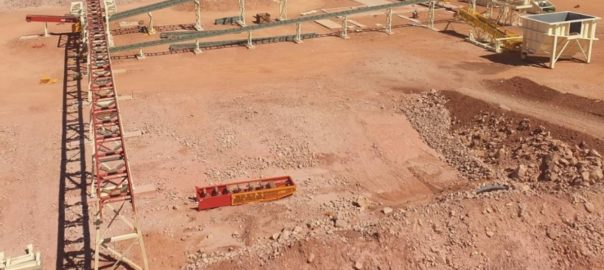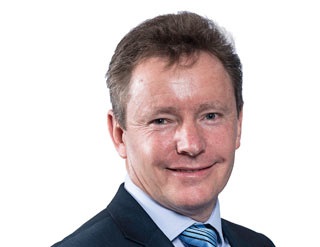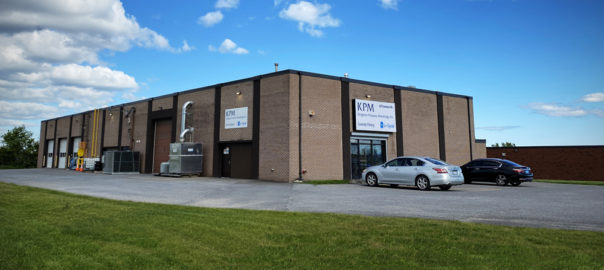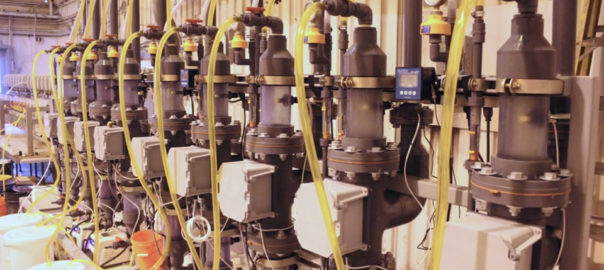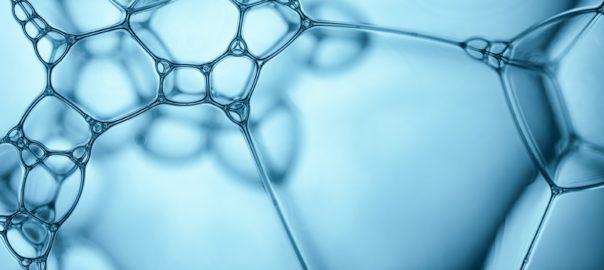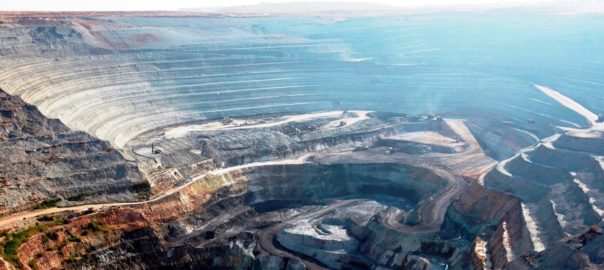Northern Minerals is set to commission a Steinert sensor-based ore sorter for use at its Browns Range rare earth pilot plant, in northern Western Australia, after gaining the relevant regulatory approvals for installation of the machine.
The ore sorting equipment concentrates ore prior to the beneficiation circuit by selecting ore and rejecting waste based on X-ray Transmission. This has the potential to double the feed grade and reduce production costs, according to the company.
Both the Western Australian Office of the Environmental Protection Agency and the Department of Water and Environmental Regulation have now cleared the installation and commissioning, with construction commenced on the structural and mechanical equipment (pictured). Commissioning is scheduled for mid-2021.
The total capital investment for the procurement, installation and commissioning of the ore sorter is budgeted at A$5.9 million ($4.3 million), Northern Minerals said.
Previous trials of ore sorting technology at Browns Range, announced in October 2018, identified the potential to double the mill feed grade. This would lead to an increased production rate of heavy rare earth carbonate and a potential lowering of overall operating costs.
Once the ore sorting system is commissioned, Northern Minerals plans to run additional test work at pilot plant scale on all ore types to establish baseline data on feed grade improvements, it said. This work will also help evaluate material flow-through benefits of ore sorting on overall processing efficiencies, feeding into any future commercial, large-scale project feasibility studies at Browns Range.
Northern Minerals says it is also evaluating the economics of further downstream processing options for Browns Range ore.
To date, Browns Range has produced a mixed heavy rare earth carbonate for small-scale export to offtake partners. The options being assessed would take a further step along the supply chain to produce separated heavy rare earth oxides.
The company announced in August 2019 it had commenced a scoping study with US-based K-Technologies Inc to investigate a separation technology on intermediate mixed rare earths materials produced at Browns Range. K-Tech’s technology is focused on continuous ion exchange, continuous ion-chromatography and related advanced separation methodologies.
The study continues to progress well, with positive test results being achieved at K-Tech’s facilities in Florida albeit slower than planned because of constraints associated with COVID-19, Northern Minerals said. However, the company expects to see separated dysprosium and terbium oxides from the study before the end of this year.
Separately to collaborating with K-Tech, Northern Minerals is pursuing studies into traditional solvent extraction to produce oxides from the mixed heavy rare earth material produced at Browns Range.
Northern Minerals CEO, Mark Tory, said: “With approvals in place for the ore sorter and installation now under way, we will be in a strong position to thoroughly evaluate the flow-through benefits of that technology at a pilot plant scale.
“The results will provide a valuable input into future feasibility studies to assess the commercial viability of a large-scale heavy rare earths mining and processing operation at Browns Range.
“In addition to our investment in ore sorting to improve the mill feed grade, we are also committed to assessing opportunities to further unlock value at Browns Range through downstream processing to oxide products, which opens up a wider field of offtake and future project financing opportunities.”







